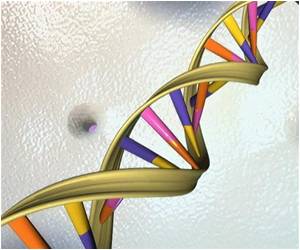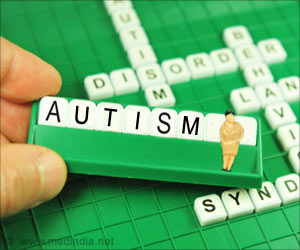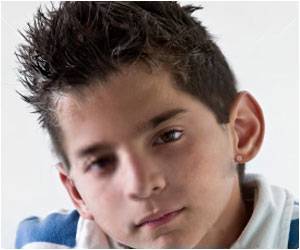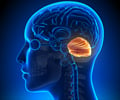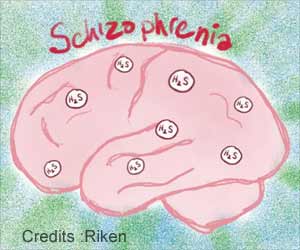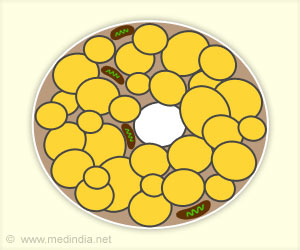A brain region largely known for coordinating motor control has a largely overlooked role in childhood development which could reveal information crucial to understanding the onset of autism.
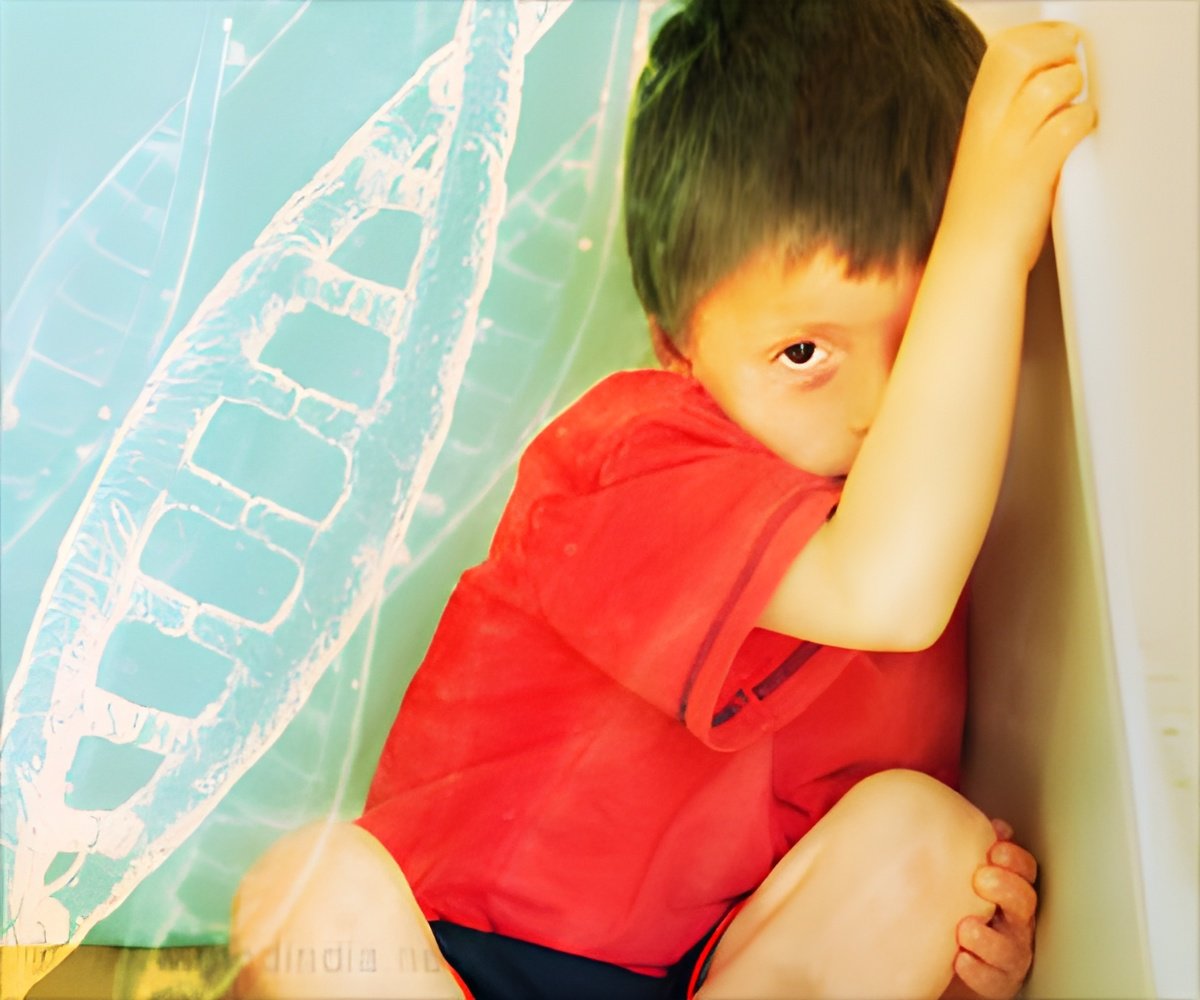
The researchers specifically apply their theory to autism, though they note that it could help understand other childhood neurological conditions. Conditions within the autism spectrum present "longstanding puzzles" related to cognitive and behavioral disruptions that their ideas could help resolve, they wrote. Under their theory, cerebellar injury causes disruptions in how other areas of the brain develop an ability to interpret external stimuli and organize internal processes, explained first author Sam Wang, an associate professor of molecular biology and the Princeton Neuroscience Institute (PNI).
"It is well known that the cerebellum is an information processor. Our neocortex [the largest part of the brain, responsible for much higher processing] does not receive information unfiltered. There are critical steps that have to happen between when external information is detected by our brain and when it reaches the neural cortex," said Wang, who worked with doctoral student Alexander Kloth and postdoctoral research associate Aleksandra Badura, both in PNI.
"At some point, you learn that smiling is nice because Mom smiles at you. We have all these associations we make in early life because we don't arrive knowing that a smile is nice," Wang said. "In autism, something in that process goes wrong and one thing could be that sensory information is not processed correctly in the cerebellum."
Mustafa Sahin, a neurologist at Boston's Children Hospital and associate professor of neurology at Harvard Medical School, said that Wang and his co-authors build upon known links between cerebellar damage and autism to suggest that the cerebellum is essential to healthy neural development. Numerous studies — including from his own lab — support their theory, said Sahin, who is familiar with the work but was not involved in it.
"The association between cerebellar deficits and autism has been around for a while," Sahin said. "What Sam Wang and colleagues do in this perspective article is to synthesize these two themes and hypothesize that in a critical period of development, cerebellar dysfunction may disrupt the maturation of distant neocortical circuits, leading to cognitive and behavioral symptoms including autism."
Advertisement
"What we realized from looking at the literature is that these two problems — autism and cerebellar injury — might be related to each other" via the cerebellum's influence on wider neural development, Wang said. "We hope to get people and scientists thinking differently about the cerebellum or about autism so that the whole field can move forward."
Advertisement
Source-Eurekalert

